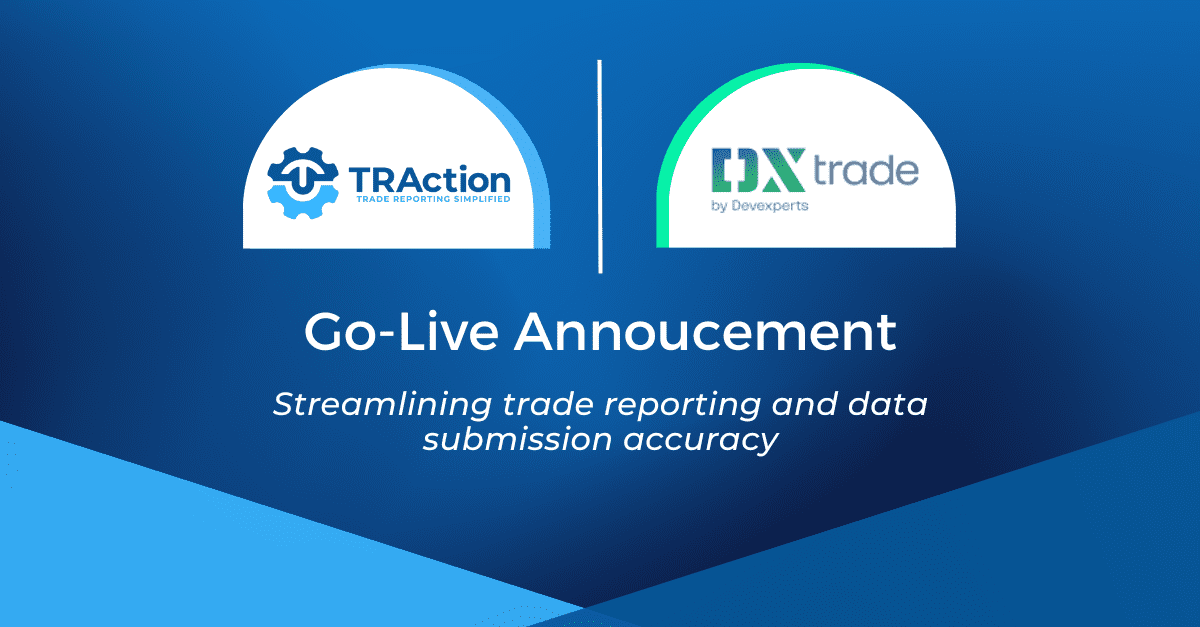ASIC has published an update (version 1.1) to its Schedule 1 Technical Guidance (Technical Guidance). The Technical Guidance is complementary to the updated ASIC RG 251 (Derivative Transaction Reporting) and reporting entities should use both resources to assist in understanding the reporting requirements given the changes made to the ASIC Derivative Transaction Rules (Reporting) 2024 which came into effect 21 October 2024.
Given the feedback that was received in response to version 1.0 of the Technical Guidance, some changes and additions have been made to version 1.1.
We summarise these below:
1) Schedule 1 – Technical Guidance
- Accuracy of a UPI: ASIC have clarified that ‘obtaining a UPI’ includes the process of requesting a UPI be created where it is capable of being done in the UPI service – those who transact in a product with a ‘new’ UPI (and where their counterparty or another entity does not create that ‘new’ UPI) are to create this so as to comply with the accuracy rule under Rule 2.2.6 (paragraphs 93-94).
- Precious metals ‘swaps’: Clarification has been provided on these products which are reported like FX swaps. They are ‘swaps’ that are identical in form to an FX swap (rather than the fixed vs floating nature of a precious metals ‘swap’) (paragraph 113).
- Execution agent of Counterparty 2: Further information has been provided on this data element which is not mandatory and may be voluntarily reported if able to be supported by a TR (paragraphs 186-188).
- Reporting of ‘Effective date’: ASIC has provided use-cases where the Effective date may be reported as a value earlier than Execution timestamp – such instances have been widened (paragraphs 210 and 211).
- Transactions negotiated in monetary amounts: The table reflecting specific use conditions for these transactions has been amended – it now shows where the notional amount of a Variance Swap would be recognised as being labelled the ‘vega amount’. This was done to align with the contents of the draft ROC CDE Technical Guidance consultation (version 4) (paragraph 288).
- Equity portfolio swap (Notional amount – Leg 1): Where the leg 1 has been modified to be reduced to zero but can also be increased according to the contract terms, such a derivative may be terminated. The derivative can also be maintained as an outstanding contract with a zero notional amount however, in doing so, means that valuation reports must continue to be made as per the frequency of valuation reporting required under Rule 2.2.2 and paragraphs 570-574 (paragraph 293).
- No Block Trades being reported:
For the data element ‘prior UTI,’ ‘NOBLOCKTRADEREPORTED’ can be used as an alternative to ‘NO BLOCK TRADE REPORTED’, in accordance with industry advice (paragraph 545).
2) Mapping of elements from – ASIC 2024 Rules to ISO 20022
Changes to align with ISO XML XSD include:
- Timestamps: Removal of ‘Date’ has occurred from the data elements. However, you can leave ‘DateTime’ for Event timestamp and Collateral timestamps with a note that it is done by reporting the time portion as zero.
- Combinations of IM & VM codes: The allowable combinations of the initial margin and variation margin codes relevant to reporting derivatives that are not collateralised or are collateralised but not on a portfolio basis, have been updated.
3) Consolidated Reporting Entity Reporting Guidance and ASIC Minimum TR Validation Guidance:
There have been no changes from version 1.0.
How can TRAction assist?
If you need assistance in understanding how the trade reporting regulations apply, how to update your trades which may be impacted by regulatory updates or simply need delegated trade reporting services, get in touch with us.




